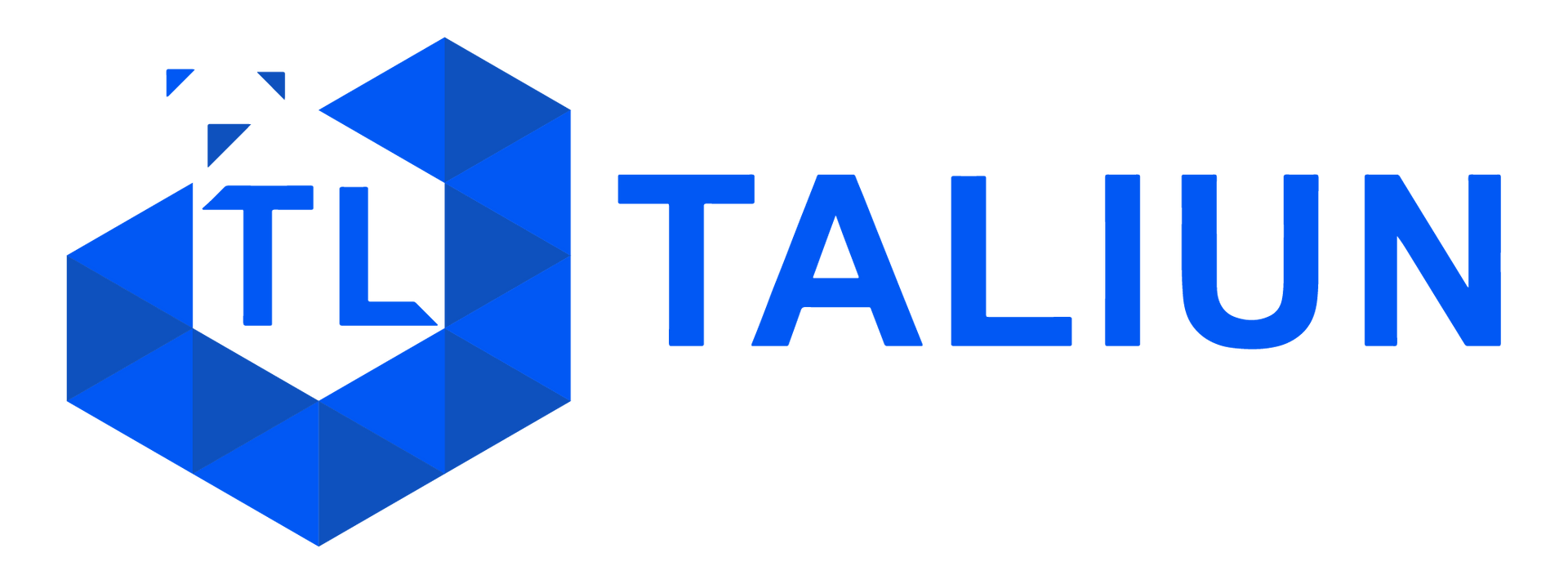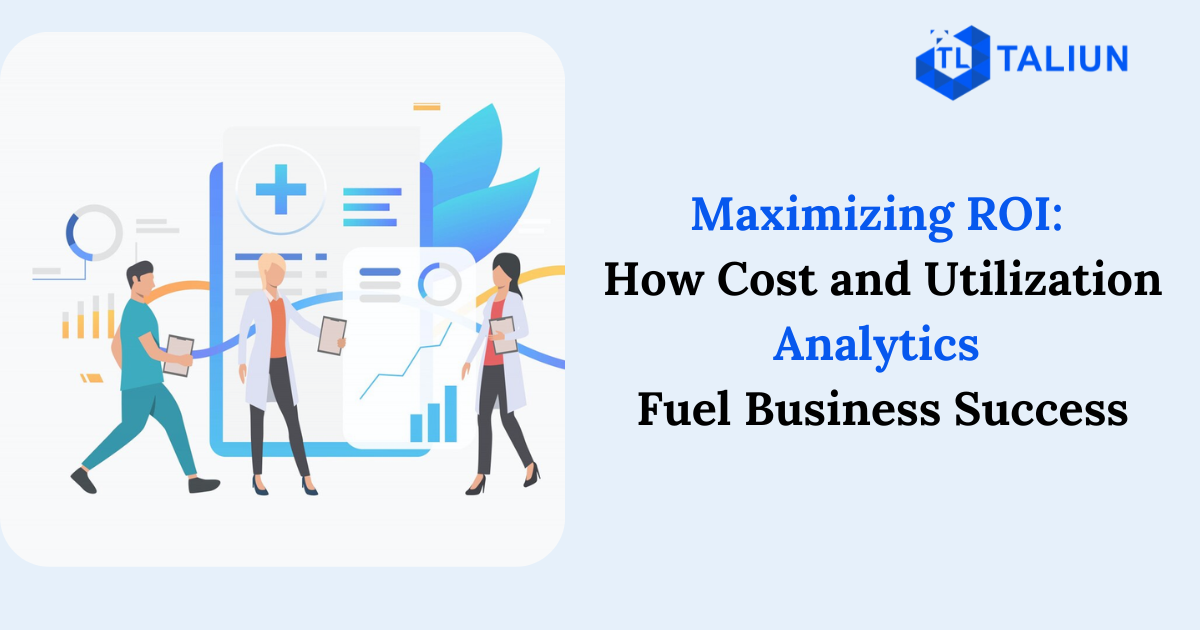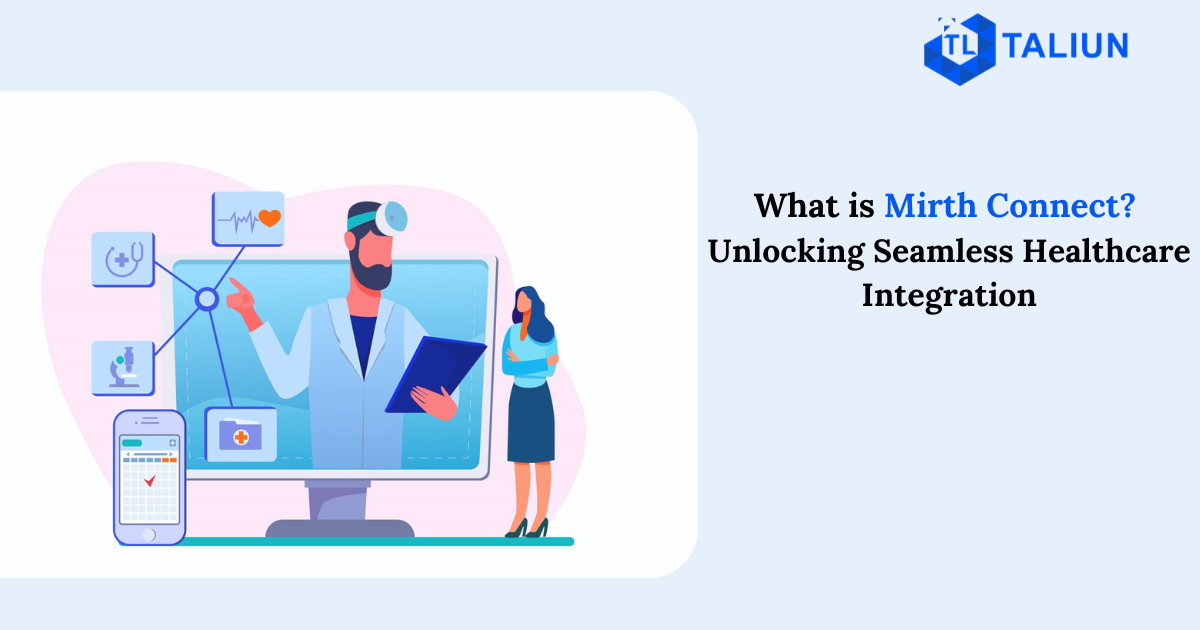
How healthcare Payers harness the transformative power of Conversational AI to improve Member engagement
In today's rapidly evolving healthcare landscape, the struggle for effective member/customer engagement has become a pressing issue that health plans must confront. Engaging members in their healthcare journey is crucial for promoting proactive health management, enhancing care coordination, and achieving better patient outcomes. However, health plans often need help connecting with and engaging members effectively. From information overload and communication barriers to limited resources and fragmented systems, navigating these challenges is challenging. That's why it is essential for health plans to explore innovative digital transformation strategies and leverage cutting-edge technologies such as AI tools to address this critical issue head-on. By prioritizing member engagement, health plans can foster stronger relationships with their members, empower individuals to take control of their health and revolutionize how healthcare is delivered and experienced.
Payers are turning to the power of an AI tool-Conversational AI technology, in the quest for better health outcomes. This innovative artificial intelligence technology is reshaping how payers interact with their members, fostering personalized conversations and driving positive changes in health behaviors. By engaging in meaningful discussions, health plans can address each individual's needs and provide unique solutions tailored to their situation. With this artificial intelligence technology, they can enjoy a better experience navigating health-related services.
Health payers epic Member Engagement Conundrum
To unravel the member engagement conundrum, the following points shed light on the formidable obstacles that payers encounter to deliver impactful and meaningful experiences to their members.
Fragmented legacy systems leave members stranded in frustration and siloed experiences.
Multiple health plan departments often contribute to creating siloed experiences for their members. Each department operates independently, focusing on its specific functions, which results in fragmented interactions and disjointed information flow. Members may find themselves caught in a maze of siloed experiences, where navigating between departments becomes daunting.
Payers Struggle to Decode Member Insights from Vast Data Reserves
One major hurdle in healthcare is that payers often need actionable knowledge about their members. While they may possess vast amounts of data, they need help to gain meaningful and valuable insights and understanding about their members' needs and preferences. Payers can develop targeted interventions and personalized engagement strategies with this crucial knowledge. As a result, member interactions remain generic and fail to address individual health concerns effectively. The struggle to bridge this gap between data and understanding haunts the industry, fueling the urgent quest for a transformative solution.
Lack of unified engagement (phone, digital, web, mobile)
In today's hyper-connected world, member interactions span many channels - from phone calls to digital interfaces, web platforms, and mobile apps. Yet, this fragmented landscape plunges members into a disorienting experience that cripples effective engagement. The lack of integration weaves a web of frustration, diminishing member satisfaction and hampering their active involvement in the vast array of health plan offerings.
Initiating Member Engagement in Critical Moments that Matter
In the fast-paced realm of healthcare, payers encounter a formidable obstacle in their quest to engage with members during pivotal moments that hold immense significance. From significant health events to critical decision-making junctures, these are the precise instances that demand timely and targeted interventions. Yet, traditional engagement strategies must consistently catch up, leaving payers bereft of the ability to offer crucial support precisely when it is most desperately sought.
Conversational AI: Transforming health plan engagement with intelligent Member interactions
As Health plans are still grappling with the age-old challenge of member engagement, the potential of Conversational AI is fast emerging as a groundbreaking solution that promises to revolutionize how health plans connect and engage with their members. This transformative technology can deliver personalized and impactful interactions that drive better health outcomes and satisfy members.
Many advancements in Virtual/Voice Assistants that can automate and engage in human-like conversations with a user have occurred in recent years. Conversational AI is an innovative solution that employs multiple AI techniques, such as Natural Language Processing (NLP) and Machine Learning (ML), to automate user conversations. These go beyond rule-based answers to analyze text and speech, comprehend intent and context, generate responses, and continuously learn from user queries to engage in natural-sounding conversations with users. Therefore, "conversational" refers to conversations that feel entirely natural, human-like, and at ease to users.
How does a Conversational AI Platform work?
Utilizing advanced technologies such as natural language processing (NLP), machine learning, and deep learning algorithms, a Conversational AI platform operates. Backend infrastructure and frontend interface make up the platform. When a user interacts with the platform via text or voice, the NLP component processes the input and interprets the user's intent. The platform then generates an appropriate response based on its knowledge base and the surrounding circumstances. Algorithms for machine learning allow the system to learn and develop over time, refining its responses. The frontend conversational interface, such as a conversational ai chatbot or virtual/voice assistant, delivers the answers to the user, generating a fluid and interactive conversational experience. By integrating with various data sources, APIs, and external systems, the platform's capabilities can be expanded, allowing it to access relevant information and provide personalized, accurate, and efficient responses.
Exploring a few Conversational AI Use Cases in the Dynamic Healthcare Payer Landscape
Conversational AI technology emerges as a game-changer in the ever-evolving healthcare payer landscape. Following are a few real-world use cases where Conversational AI is transforming the fabric of member engagement, revolutionizing how payers interact and deliver personalized care experiences.
Benefit explanation
Conversational AI has emerged as a powerful tool for healthcare payers, with numerous use cases that revolutionize member engagement. One such case is benefit explanation, where conversational AI bridges the information gap between payers and members. Complex benefit plans often leave members needing clarification and clarity about coverage details. Conversational AI platforms can provide interactive and personalized explanations in real-time. By leveraging natural language processing and machine learning, these intelligent systems can interpret member queries, break down benefit structures, and provide clear, concise explanations, empowering members to make informed decisions also reducing the burden on customer service teams. Benefit explanation through conversational AI enhances member satisfaction, improves transparency, and streamlines the healthcare experience for payers and their members.
Tracking of deductibles
Conversational AI revolutionizes how healthcare payers track deductibles, offering members a seamless and user-friendly experience. Traditionally, understanding and monitoring deductibles have been complex and time-consuming, leading to confusion and frustration. However, with conversational AI, payers can provide real-time updates and personalized insights regarding deductible status. Through intuitive chatbots and voice assistants, members can easily inquire about their deductible balance, track progress, and receive proactive notifications as they approach their limits, empowering members to take control of their healthcare costs and reducing administrative burdens for payers. Conversational AI streamlines the deductible tracking process, enhances member engagement, and fosters a more transparent and efficient healthcare journey for payers and their valued members.
Handling disputes over claims
Conversational AI is transforming how healthcare payers handle disputes over claims, offering a game-changing solution that enhances efficiency and member satisfaction. Resolving claim disputes has traditionally been labor-intensive and time-consuming, causing frustration for both payers and members. However, conversational AI platforms now enable seamless interaction and dispute resolution. Members can engage with intelligent chatbots or virtual assistants to initiate a conversation, provide relevant claim details, and receive real-time updates on the status of their disputes. These AI-powered systems can analyze claims data, identify discrepancies, and offer clear explanations while adhering to regulatory guidelines. By leveraging conversational AI for claim dispute resolution, healthcare payers can expedite resolution times, reduce administrative costs, and foster more vital trust and engagement with their members.
As we look ahead to the future of healthcare payers, it's impossible to ignore the transformative potential of conversational AI. Payers can revolutionize member engagement, drive better health outcomes, and streamline operations by harnessing the power of natural language processing and intelligent virtual assistants.
NLP enables the understanding and interpretation of human language, allowing for more seamless and meaningful interactions between payers and their members. With IVAs, payers can deploy virtual assistants capable of engaging in personalized conversations, addressing member queries, providing relevant information, and even offering proactive health recommendations. Moreover, integrating NLP and IVAs can streamline operations for payers, automating routine tasks, reducing administrative burdens, and enabling efficient handling of member inquiries. The combination of these powerful technologies has the potential to transform the way payers engage with their members, ultimately leading to more efficient, personalized, and satisfying healthcare experiences. Virtual assistants are increasingly used to help members navigate their health plans, providing access to information in real-time and at any location, making the patient experience more convenient, efficient, and tailored to their needs.
Additionally, as healthcare payers move toward a value-based care system, AI can analyze large amounts of data and uncover insights that help identify areas for improvement in cost savings or clinical outcomes. In addition to providing personalized patient support, healthcare payers can use conversational AI to automate routine tasks, improve operational efficiency, and reduce manual labor costs. Therefore, empowering Member engagement will require Payers to embrace the Voice Revolution for enhanced healthcare operations and transformative care!




